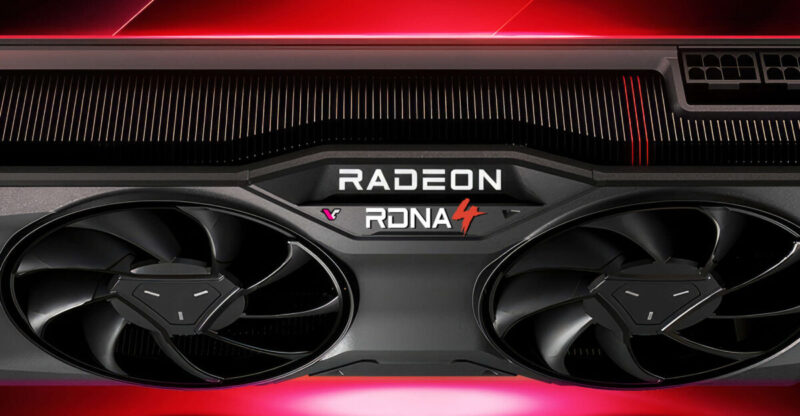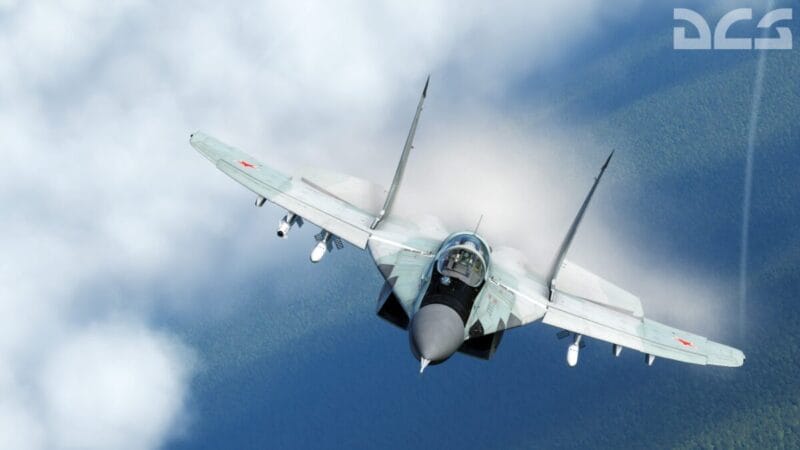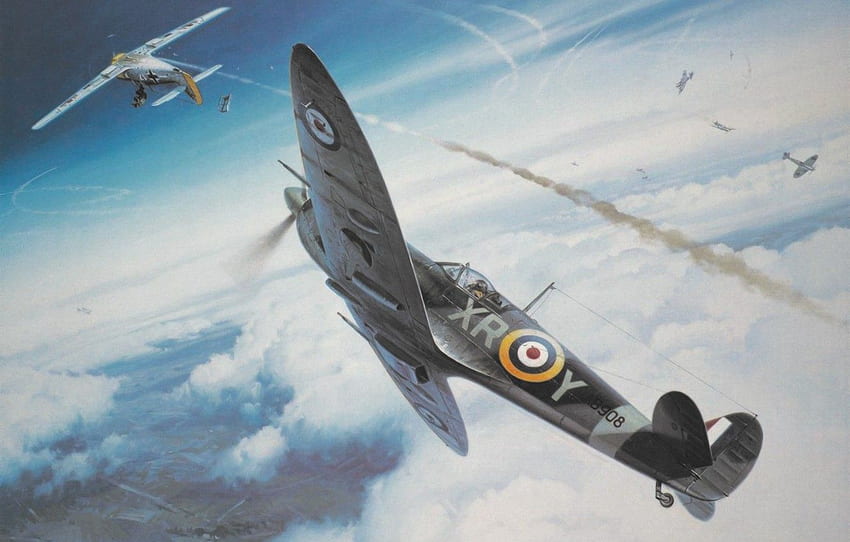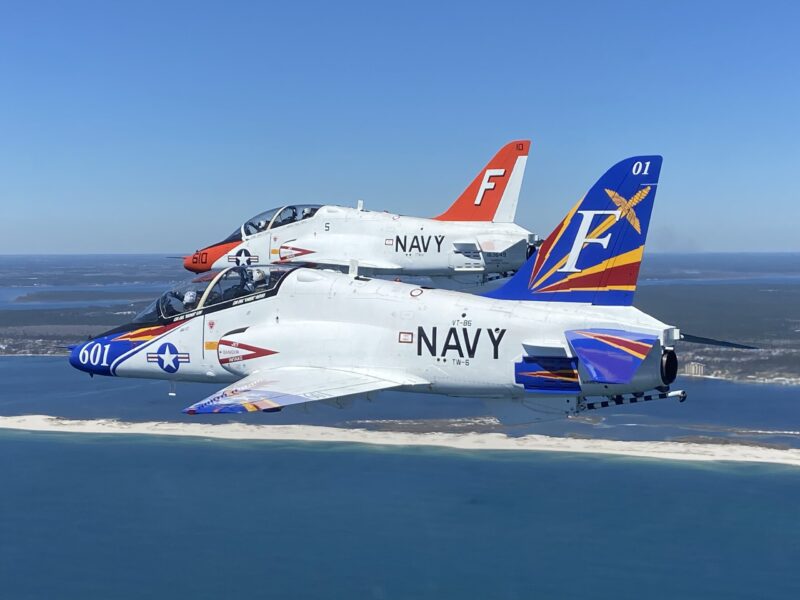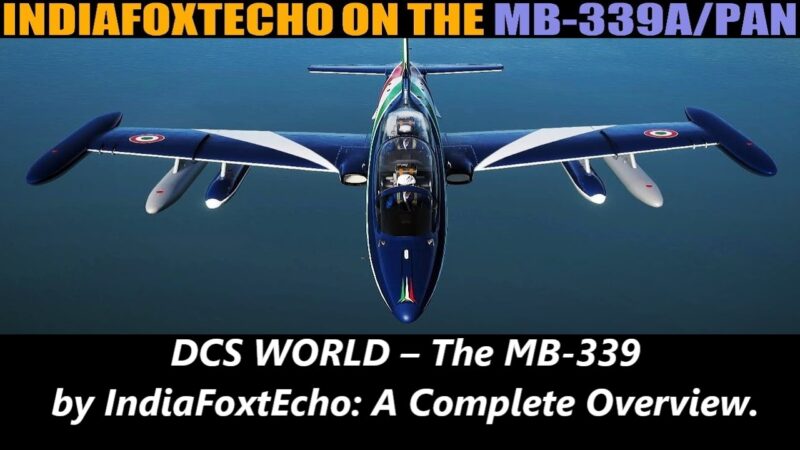What to Expect from the AMD Radeon RX 8000 Series at CES 2025.
AMD Radeon RX 8000 Series CPU’s are set to debut at CES 2025, this represents the next evolution in AMD’s GPU lineup. Built on the RDNA 4 architecture, these GPUs aim to address issues from the RX 7000 series while introducing efficiency and feature improvements. While early reports suggest the series may focus more on mid-range and budget options rather than high-end performance, there are still exciting updates to explore.

AMD Radeon GPUs have certainly established themselves as the king of value to performance in recent times. The AMD Radeon RX 8000 Series release will bring smiles to more desperate GPU purchasers looking to upgrade and hopefully steal some of those green team members to their ranks.
AMD have put us on notice via leaks more than anything direct that they aren’t going to fight for the top tear GPUs anymore! Certainly a shame because we all lose if NVIDIA has no competitors at that enthusiast end of the market. They want to focus on the lions share of the market which is the lower tear GPU market. The enthusiast market will likely now pay a premium if NVIDIA’s next XX90 series card enters and dominates that end of the market.
AMD Radeon RX 8000 Series – Key Features and Specifications
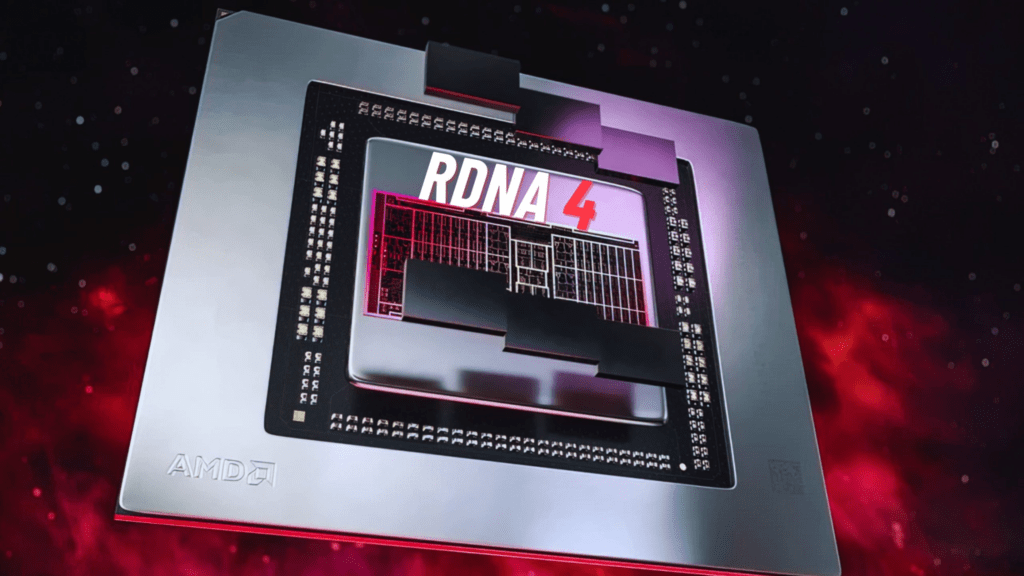
- RDNA 4 Architecture:
- The Radeon RX 8000 series will feature AMD’s RDNA 4 technologies, which promises enhancements in efficiency and minor architectural updates over RDNA 3. Although described as more of a refinement than a revolutionary leap, RDNA 4 aims to resolve some of the challenges faced by the RX 7000 series, particularly in power efficiency and thermals.
- Expected Performance:
- Early leaks indicate configurations such as 56 compute units (CUs) and 3,584 stream processors, paired with clock speeds of around 2,101 MHz. These GPUs are likely to feature 16GB of GDDR6 VRAM, ideal for modern gaming and creative workloads. Benchmark results so far are preliminary and likely from early engineering samples.
- Early leaks indicate configurations such as 56 compute units (CUs) and 3,584 stream processors, paired with clock speeds of around 2,101 MHz. These GPUs are likely to feature 16GB of GDDR6 VRAM, ideal for modern gaming and creative workloads. Benchmark results so far are preliminary and likely from early engineering samples.
- New AI and Software Features:
- FSR 3 and Fluid Motion Frames: AMD is likely to expand on its FidelityFX Super Resolution (FSR) technology with a third-generation update, potentially incorporating improved frame generation to compete with NVIDIA’s DLSS 3.
- Ray Tracing Enhancements: Incremental improvements in ray tracing performance are expected, although exact capabilities remain unconfirmed.
- Pricing Focus:
- AMD appears to target value-oriented consumers with this release, positioning the RX 8000 series as a cost-effective option that still delivers strong performance, particularly at 1080p and 1440p resolutions.
- Joystick / HOTAS – AMAZON.com
- Rudder Pedals – AMAZON.com
- Throttle Quadrant – AMAZON.com
- Gaming Chair – AMAZON.com
- VR Headset – AMAZON.com
AMD Radeon RX 8000 Series – Comparisons in Flight Simulators
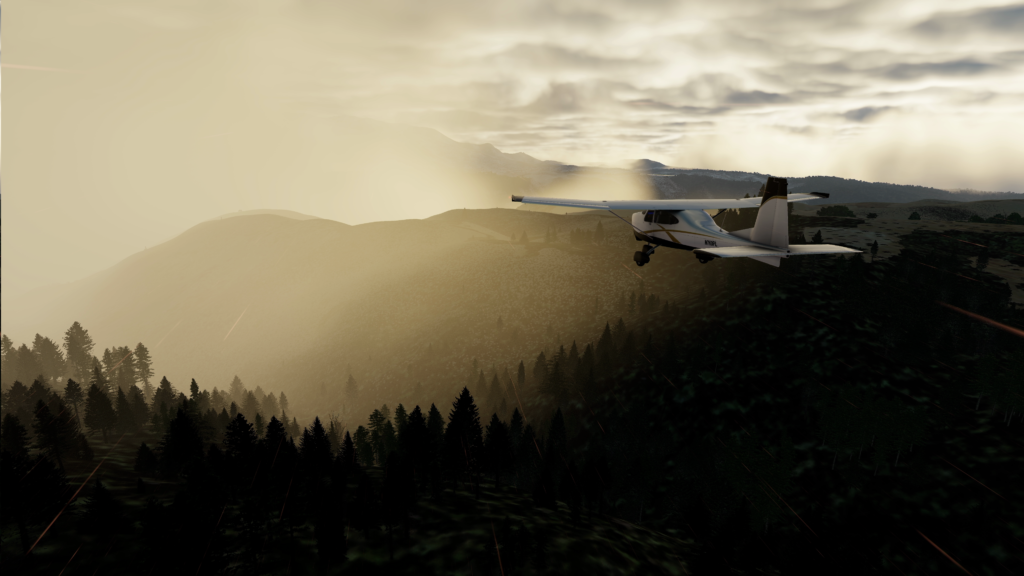
Flight simulators like X-Plane 12, Microsoft Flight Simulator (MSFS) 2024, and DCS World demand high GPU and CPU performance. Here’s how the RX 8000 series might compare:
- X-Plane 12: The series is expected to excel in Vulkan-based applications, leveraging improved efficiency and high VRAM capacity for smooth rendering of detailed environments and aircraft.
- MSFS 2024: With its focus on photorealistic visuals, MSFS relies heavily on ray tracing and AI upscaling. The RX 8000 series’ anticipated FSR 3 integration could help close the gap with NVIDIA’s DLSS 3 in maintaining high frame rates at 4K.
- DCS World: DCS benefits from high VRAM and parallel compute power for complex scenarios. AMD’s GPUs often perform competitively in these setups, and RDNA 4 should deliver reliable performance at high resolutions.
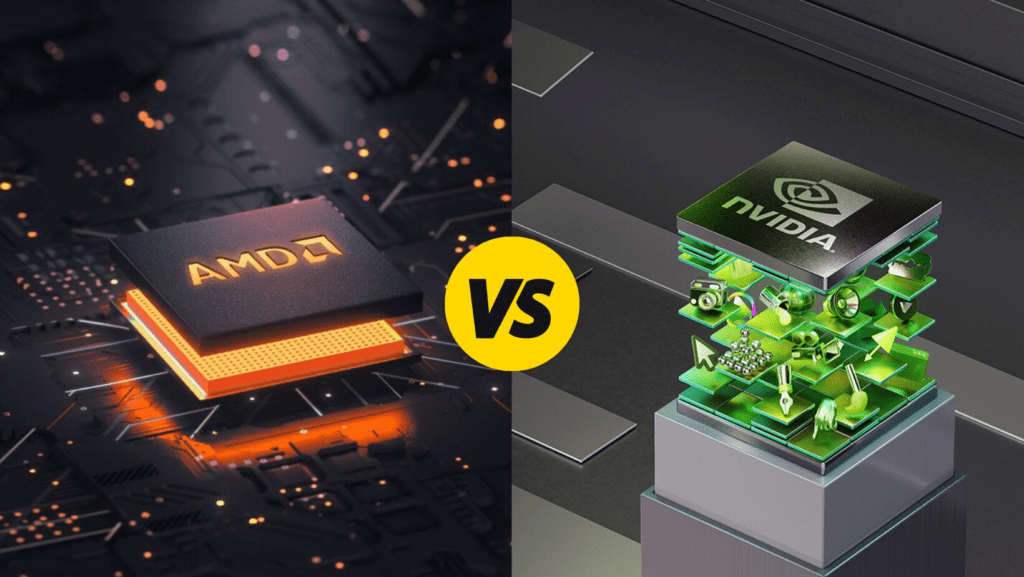
AMD vs. NVIDIA in 2025
While the RX 8000 series targets efficiency and mid-range affordability, NVIDIA’s RTX 5000 series, rumored for late 2024, focuses on raw power and AI-driven technologies. Early signs suggest the RX 8000 will trail NVIDIA in high-end ray tracing and AI frame generation but might lead in price-performance value, especially for non-RT-heavy games.
NVIDIA and AMD Radeon graphics cards offer unique feature sets tailored to different user needs, emphasizing gaming, creative workflows, and advanced technologies. Here’s a detailed comparison of the key marketed features of each:
NVIDIA Key Features
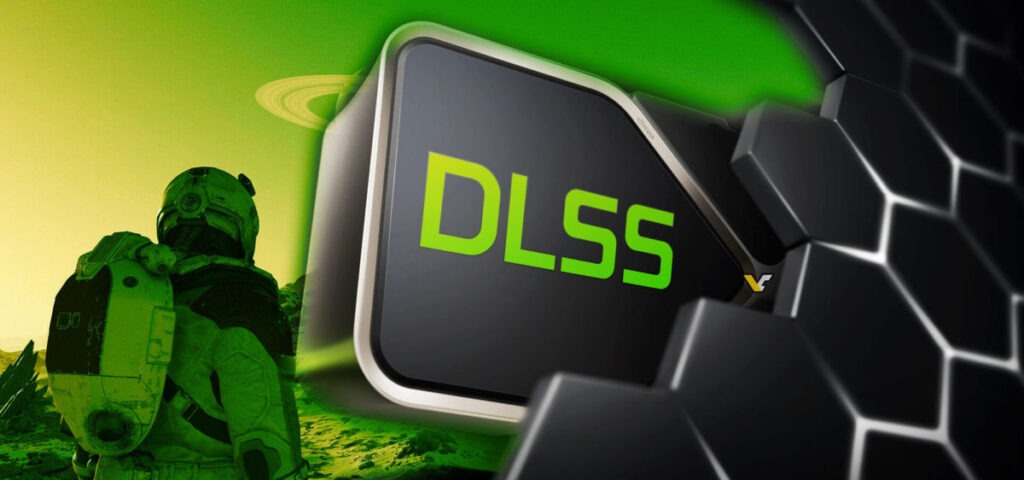
- DLSS (Deep Learning Super Sampling): NVIDIA leverages AI for real-time upscaling, now in its 3.5 version, enabling significant performance boosts and improved visuals in supported games.
- Ray Tracing: Industry-leading ray tracing capabilities offer realistic lighting, reflections, and shadows in games and simulators.
- NVIDIA Reflex: Reduces system latency for smoother and more responsive gaming.
- Studio Drivers: Optimized for creators, enhancing video editing, 3D rendering, and productivity tasks.
- NVIDIA Broadcast: AI-powered tools for video calls, such as noise reduction and virtual backgrounds.
- CUDA Cores: Widely used in computational tasks for scientific and AI workloads.
- Omniverse Platform: A collaboration tool for creators in 3D design and animation.
AMD Radeon Key Features
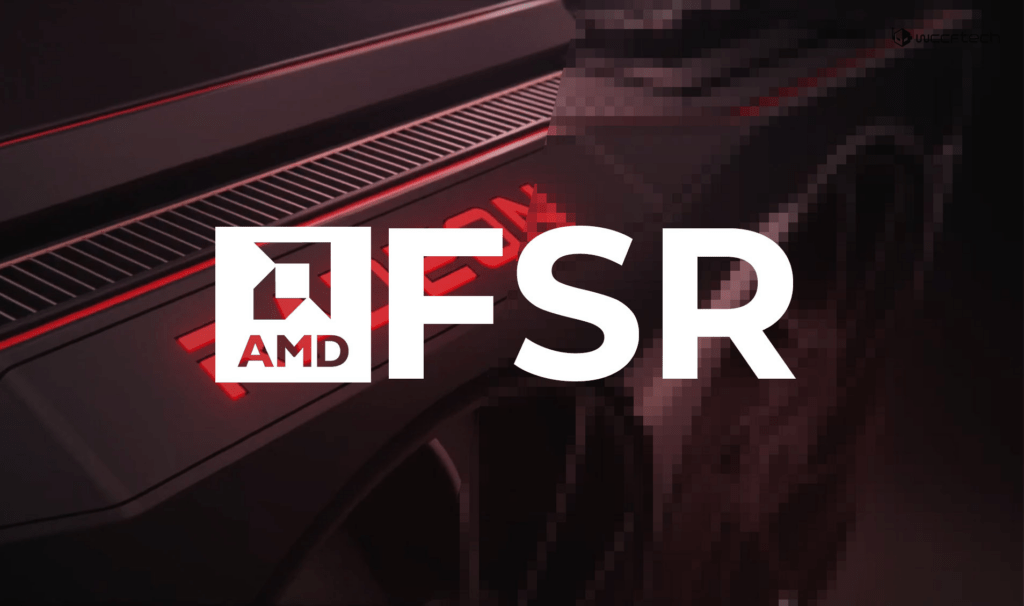
- FSR (FidelityFX Super Resolution): Open-source spatial upscaling for improved performance across a broader range of hardware.
- Radeon Super Resolution: Driver-level upscaling for compatible games without needing specific developer integration.
- Ray Tracing: Improved performance over previous generations, though slightly behind NVIDIA’s implementation.
- Smart Access Memory (SAM): Increases performance when paired with Ryzen CPUs by allowing direct access to GPU memory.
- Radeon Boost: Dynamically reduces resolution in motion to increase FPS.
- Adrenalin Software: A streamlined interface with robust tools for tuning, monitoring, and game optimization.
- Open Ecosystem: Greater flexibility with drivers and software compatibility outside proprietary ecosystems.
AMD Radeon RX 8000 Series – Performance and Ecosystem Differences
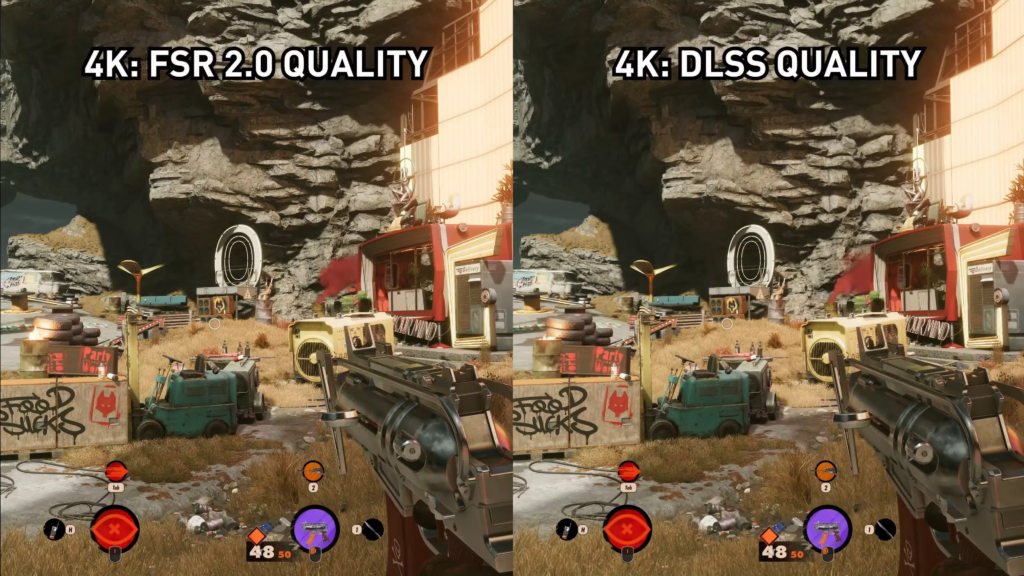
- AI Features: NVIDIA holds the edge with DLSS and broader AI-based enhancements, such as AI frame generation, whereas AMD focuses on open solutions like FSR, which supports a wider hardware base.
- Driver Support: NVIDIA tends to offer more consistent driver stability, especially for newer features, while AMD has worked on improving its driver ecosystem but occasionally faces minor delays in updates.
- Creative Use Cases: NVIDIA leads in creative workflows with its Studio drivers and CUDA acceleration for productivity tasks. AMD is better suited for users focused purely on gaming performance.
- Price-to-Performance: AMD often delivers better raw performance per dollar, especially in mid-range and high-end rasterization-heavy tasks.
Flight Simulation Considerations
- In titles like X-Plane 12, MSFS 2024, Prepar3D and DCS World, NVIDIA GPUs typically excel in delivering smoother frame rates with ray tracing and AI upscaling. However, AMD’s SAM and FSR features provide strong competition for high-fidelity experiences, especially in 1440p and 4K resolutions.
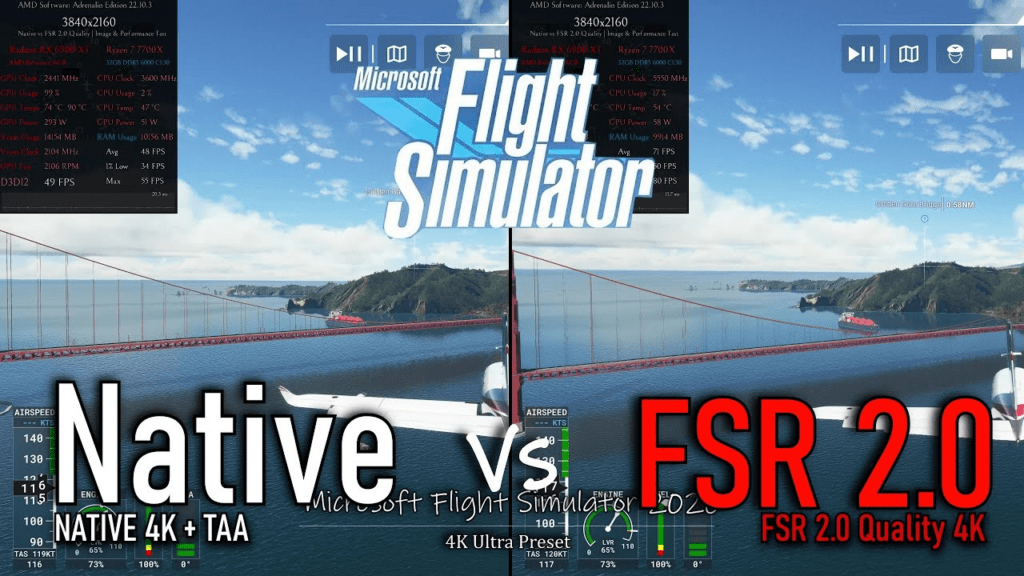
Each brand caters to specific needs, so users should weigh these features based on their gaming, creative, or professional requirements. For the previous NVIDIA and AMD GPU blog posts, this detailed breakdown provides a clear context for the respective strengths of each brand.
Conclusion
The Radeon RX 8000 series positions AMD as a strong competitor for gamers seeking reliable performance without breaking the bank. With updates to FSR and power efficiency, these GPUs will likely be an excellent choice for gamers and creators who prioritize value and multitasking. However, enthusiasts looking for cutting-edge ray tracing and AI-based features may find NVIDIA’s offerings more appealing.
Stay tuned for CES 2025, where AMD is expected to reveal more about this promising GPU lineup!
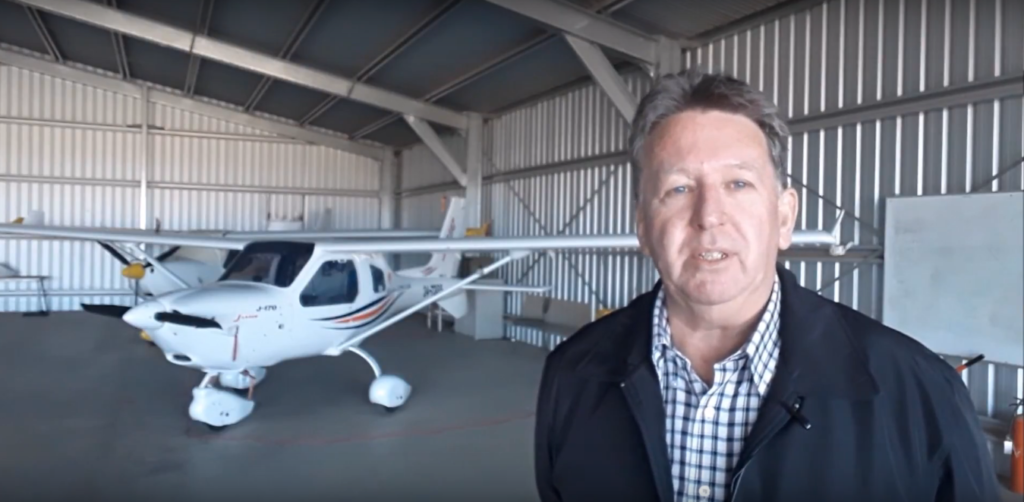
- Latest CPU’s Available Now – Amazon.com
- Get a NEW GPU Best Performance – AMAZON.com
- Upgrade RAM Here today – AMAZON.com
- Prebuilt PC Options – AMAZON.com
Author
Brendon McAliece (Aka Gunnie) is a military veteran with 23 years working on Jet Fighters, their weapons systems and ejection seat/module systems as well as munitions and R&D. Involved with flight simulation since the 1980s, he has flown all the major flight simulators over the years.
He is an Australian expat who has lived in Malaysia, UK, Saudi Arabia and more recently Thailand. He is a multilingual blogger who loves to share his life experiences here on LetsFlyVFR.com and DreamingGuitar.com, with his lifestyle and Travel experiences Blog plus his Dreaming Coffee website.
Learn More @ DreamingGuitar.com – DreamingCoffee.com – LetsFlyVFR.com
( HOME – BLOG – SHOP – ABOUT )
As an Amazon affiliate I may benefit from qualifying sales.
